Super fact 30: Eating locally is often promoted as an environmentally friendly choice, but that is not always the case.
Whether the food you eat is sustainable and environmentally friendly or not depends on a lot of factors including agricultural methods, whether greenhouse farming or monocropping was used, and whether the crop is natural to its environment. In addition, inefficient local transportation can result in higher emissions than faraway transport by ships and trains. If a crop is grown locally in greenhouses, the extra energy that is needed, and the resulting extra carbon emissions are often much larger than the emissions from the transport.
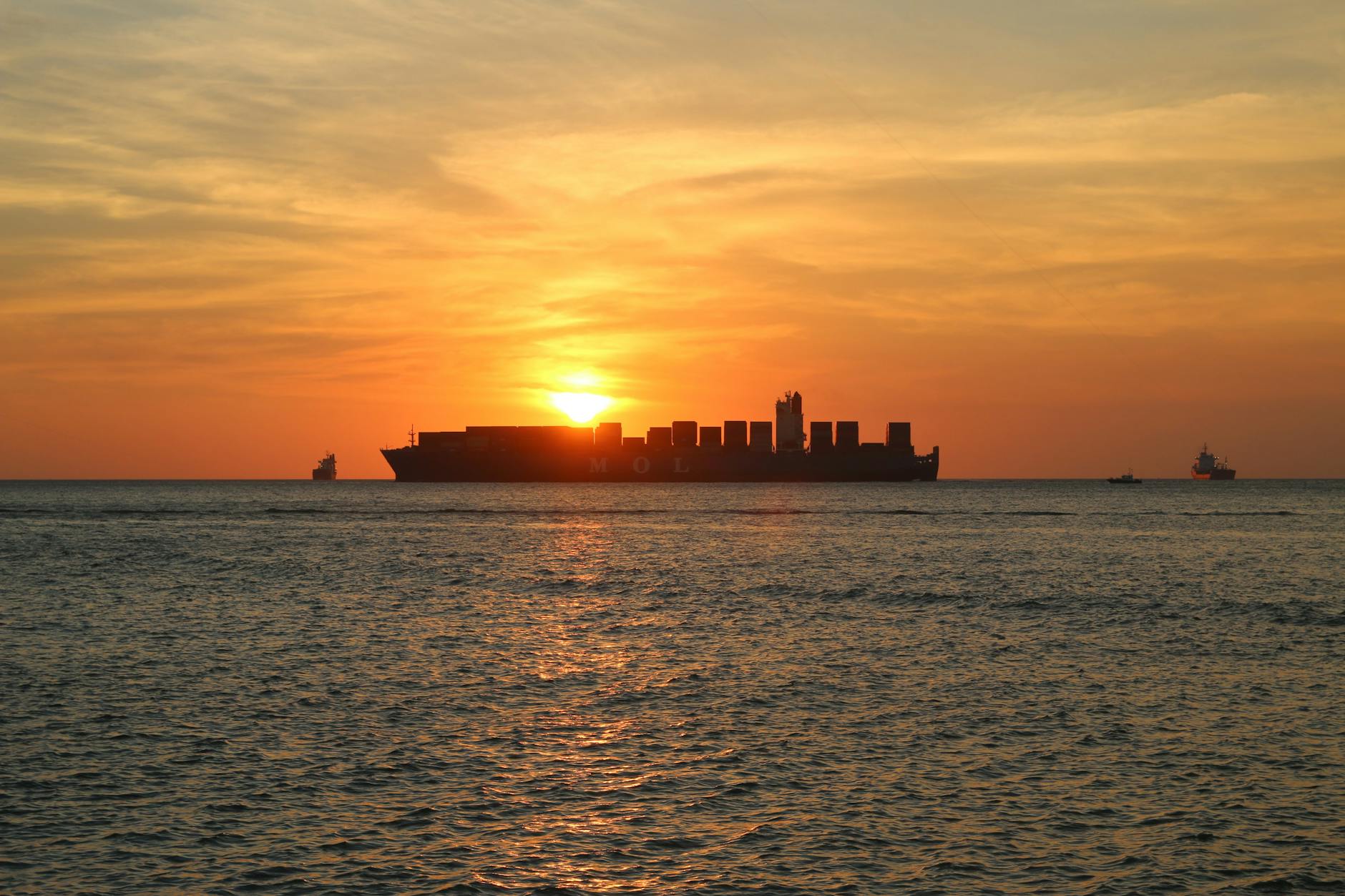
I consider this a super fact because it is often assumed that buying locally is the best choice for the environment. After all, transporting something across the world causes a lot of emissions, right? It turns out not to be that simple.
Articles on Transportation of Food in my French Book
The first time this issue was brought to my attention was in my French class. I am learning French, just as a hobby. There was an article in our French book on the transportation of food around the world “Notre planète ne tourne pas rond!”.
We read that cashews were grown in the Ivory Coast in Africa and then sent for peeling and cleaning in Brazil and then sent to France to be sold. The cashews travelled 10,000 kilometers or 6.250 miles. We read about cod that was caught in Norway then sent to China to be cut into filets and then sent to France to be sold. That cod travelled 15,000 kilometers. We all thought it was crazy, and very bad for the environment, so much unnecessary emissions from transportation. But we all learned a few new French words.
Then at our next class, we turned the page “Consommer local, vraiment bon pour la planète?” / “Consuming locally, really good for the planet?”. Wait what? The next article confused us since it stated that in many cases eating locally was bad for the environment, not good for the environment. Transporting the food around the globe might be good for the environment.
Incidentally, at the time I was reading “Not the End of the World, How we can be the first generation to build a sustainable planet” by Hannah Richie, the research director for “Our World in Data”. “Our World in Data” is a highly regarded free and open-source website that collects and analysis vetted statistics on a large range of topics. In that book she stated that the data showed that tomatoes imported to Sweden from Spain caused less carbon emission than tomatoes grown locally in Sweden.
The Problem with Locally Grown Tomatoes
This article from University of Southern Denmark claim that importing tomatoes from warm countries are better for the environment than buying locally. The reason being that when tomatoes are grown in an open field, the production emits an average of 80 kg CO2 per ton, but if the tomatoes are grown in a greenhouse, they emit up to 700 kg CO2 per ton. In northern countries it is common to grow tomatoes in greenhouses, especially when they are out of season. The long transport of the tomatoes causes much less emissions than that.
This scientific article analyses the issue a bit deeper and concludes that “that the distance travelled by the tomatoes is not the most important environmental burden”. Whether the tomatoes were grown in greenhouses or not matters a lot, but there are many other factors. In short, it is complicated.
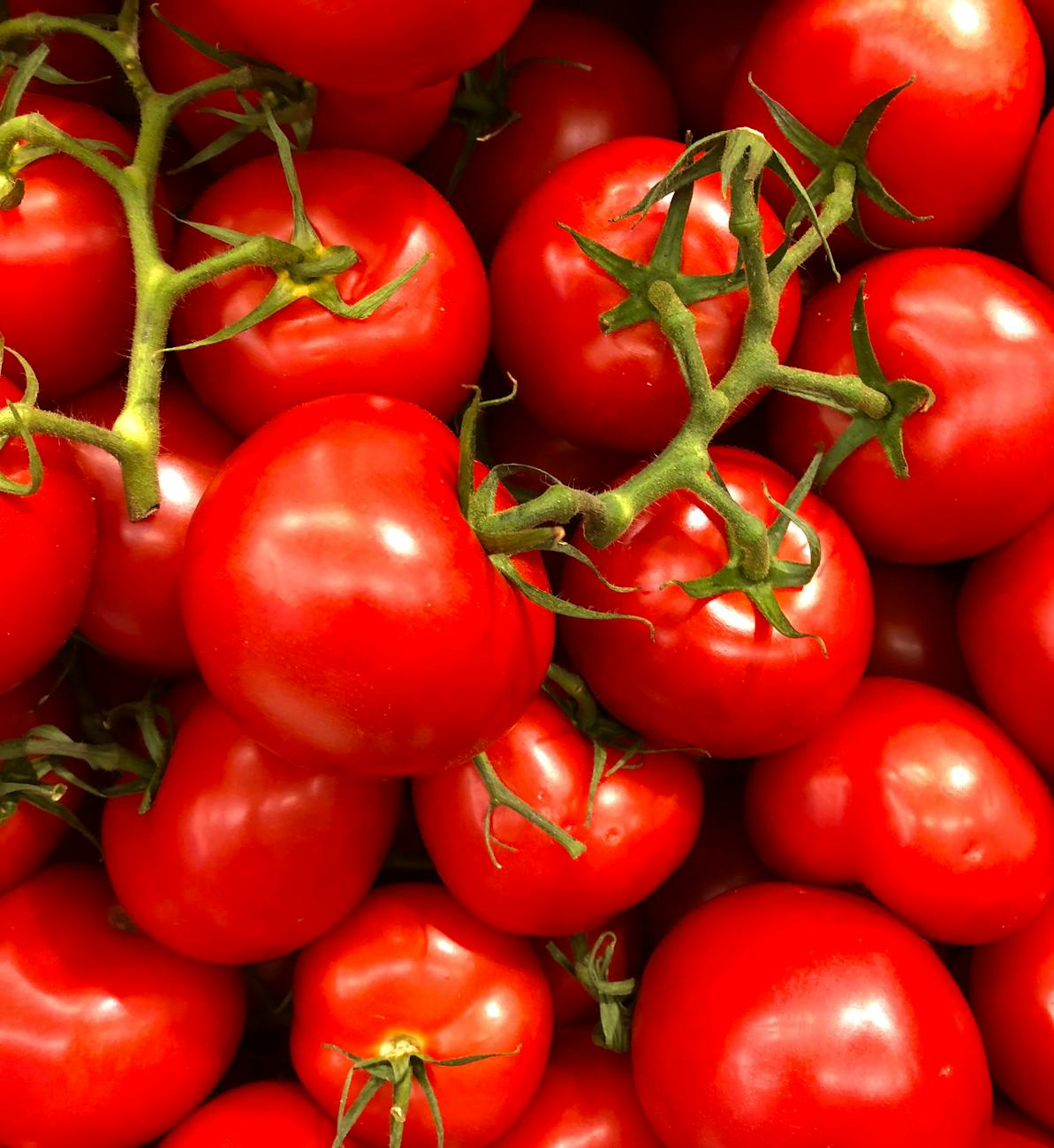
This study of local vs. imported tomato production in Canada concludes that locally grown tomatoes grown in greenhouses on average cause 1,070 grams of carbon emissions per kilo of tomatoes grown and tomatoes grown open field in Mexico cause 775 grams of carbon emissions per kilo of tomatoes, despite the 3,800-kilometer journey from Mexico to Ontario, Canada. The reason for the higher emissions for locally grown tomatoes is again that greenhouses use a lot of energy.
Naturally, this would change if you grew the tomatoes in season without using greenhouses. The article also notes that carbon emissions are not the only issue for sustainability. Water usage is another important factor.
The Problem with Locally Grown Vegetables and Fruits
Tomatoes are just one example. The same hold true for cucumbers, lettuce and salad greens, potatoes, bell peppers, hot peppers, green beans and other bean varieties, berries, pineapples, bananas, mangoes, other tropical fruits. In addition, some of these crops can deplete the soil and require large amounts of water, which can be bad if they are being cultivated in areas where water resources are already scarce such as growing avocados in California. In general, growing vegetables and fruits in their natural environment tends to be the most sustainable.
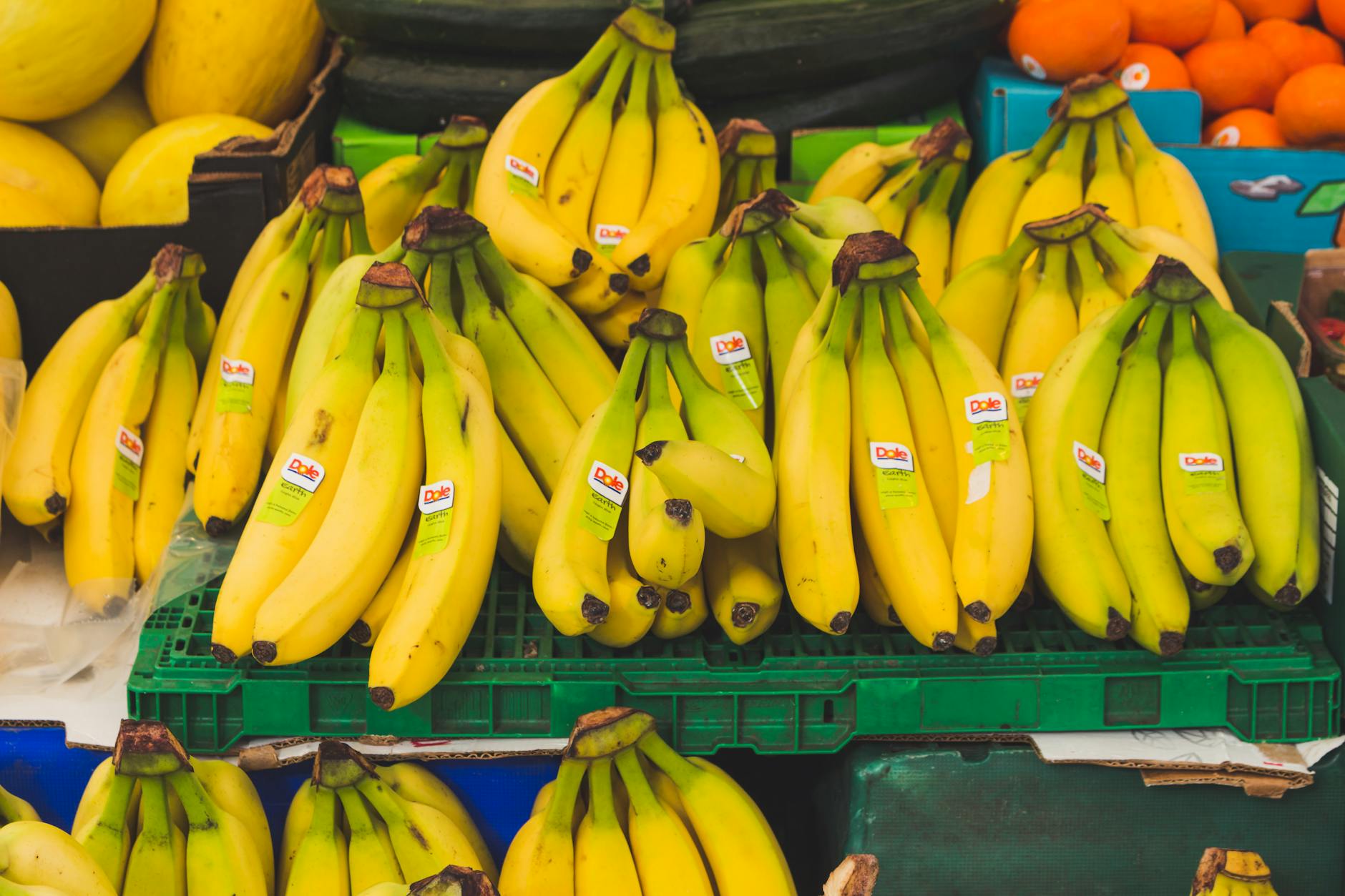
The Problem with Locally Grown Apples
The problem with apples tends to be the opposite, geography wise. In warmer areas, they might require significant water resources or chemical inputs to thrive. Apples from cooler climates need less water and fewer chemicals, reducing their ecological impact.
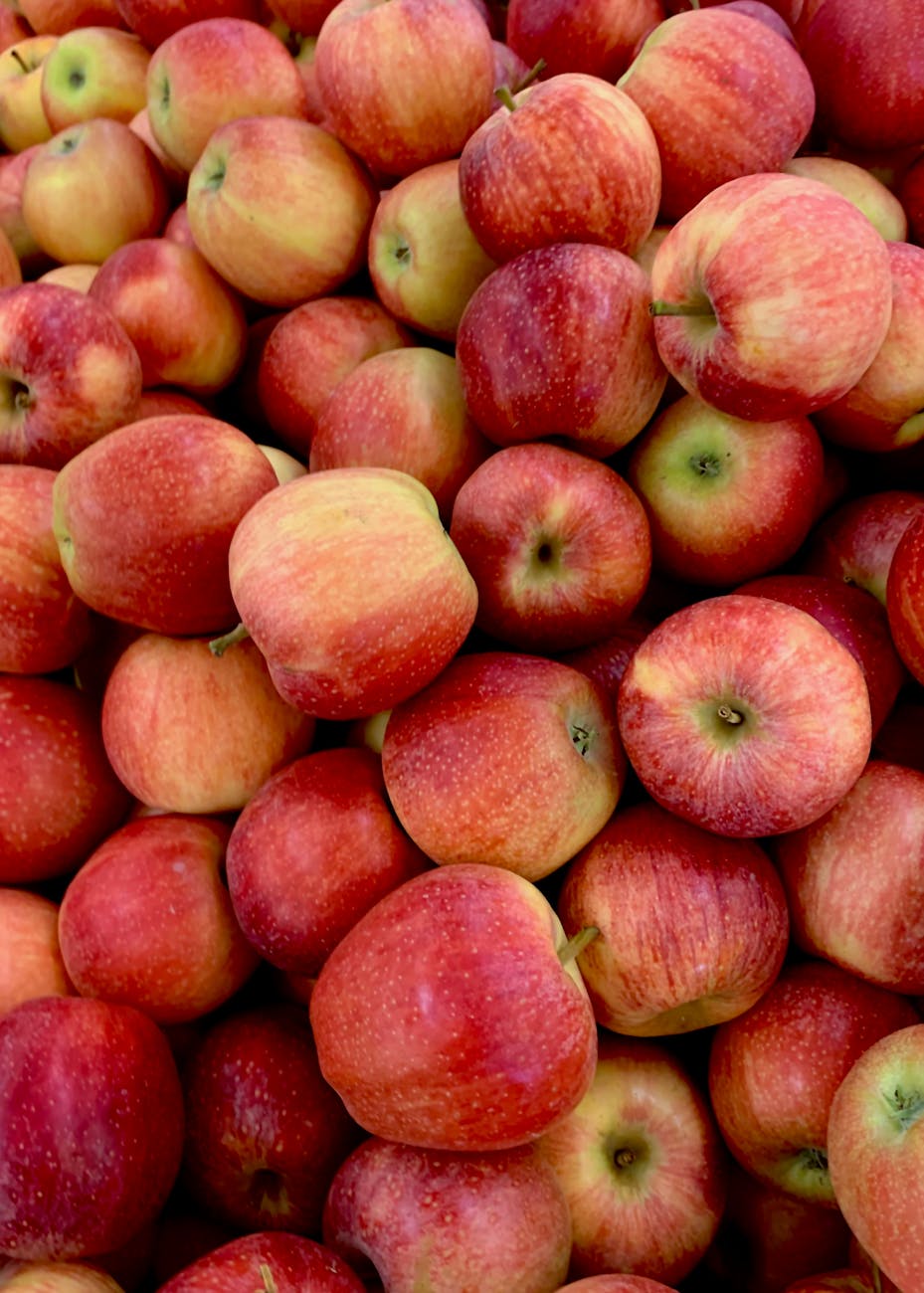
Local versus Imported It’s Complicated
I should point out that growing locally sometimes being worse for the environment than importing does not mean that importing produce is better for the environment. It just means that it is complicated and that you need to make that determination on a case-by-case basis. The environment is also not the only concern. Another consideration is the protection of local farmers and the local economy.
My opinion is, instead of worrying a lot about local versus imported produce, it is better to focus on things that we know cause a lot of emissions. A dirty grid, coal power stations, a non-hybrid SUV with an internal combustion engine, unnecessary business trips, eating a lot of red meat, basically start with the low hanging fruit.
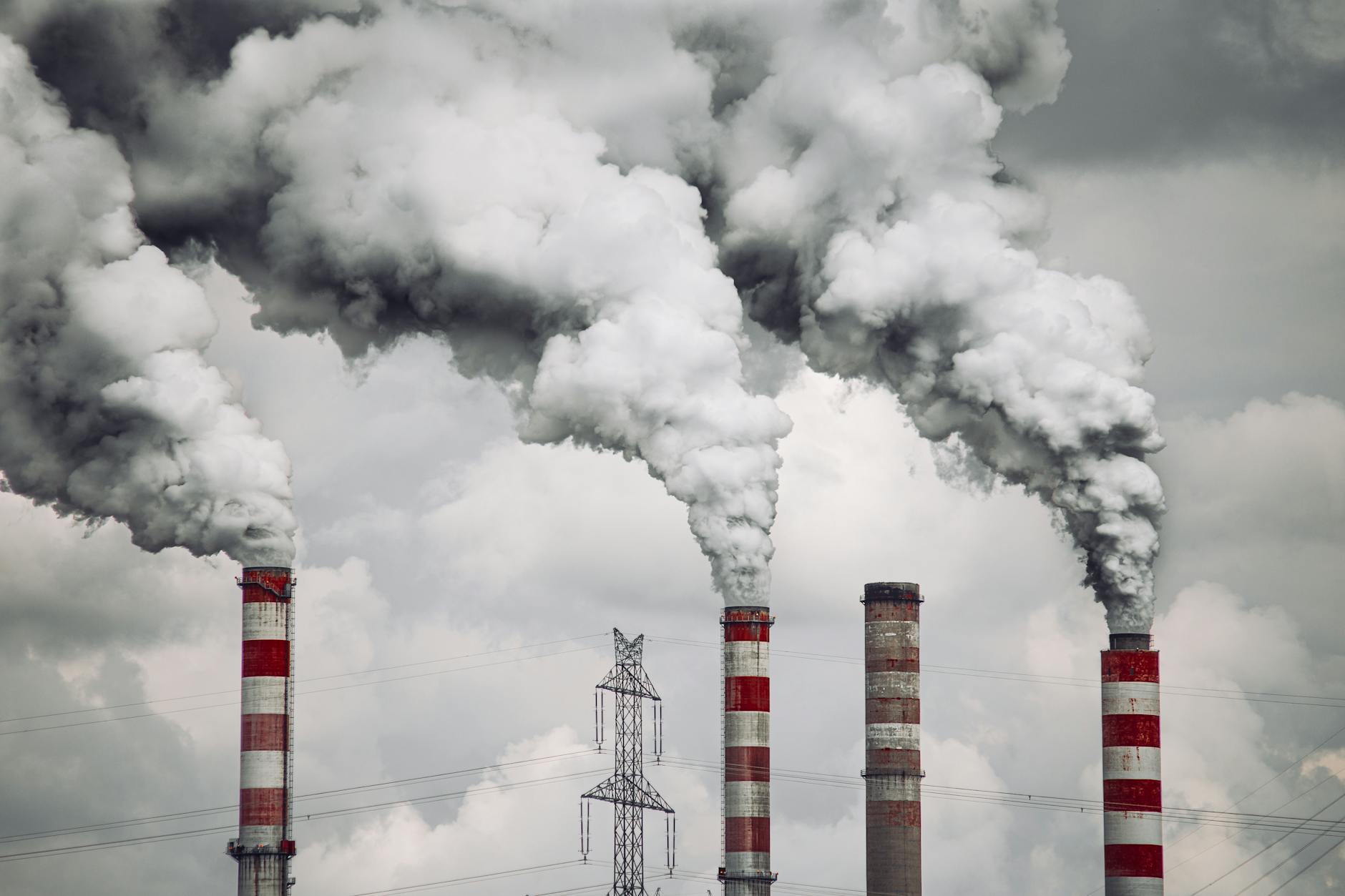


HI Thomas, this is interesting and it absolutely makes sense. Growing produce in a greenhouse would obviously make it less sustainable.
LikeLiked by 1 person
Yes you are right. Greenhouses use a lot of energy and cause a lot of emissions.
LikeLike
I am stumped. Apart from having no taste, buying imported fruits and vegetables means that I do not support local farmers. Se buy local and buy what we know is in season. This way food is full of flavour.
just waking through the fruit & veg market in Bucharest is feast for all the senses 🙂
I had no idea greenhouse vegetables means they emit so much CO2. Thanks for the heads-up.
LikeLiked by 2 people
Yes, you are right, it is mostly the greenhouses that ruin the sustainability (but there are other things to consider too). If you buy local produce in Europe (except for the Mediterranean) in winter, then it is probably grown in a greenhouse, and less sustainable than something imported. However, if you buy something local that is in season then it is likely more sustainable than the imported version. However, until we have labels stating the associated carbon emissions on our produce that is not be easy to know. I just wanted to point out that something being local does not automatically make it more sustainable. However, there are other factors to consider, such as supporting local farmers, like you mentioned.
LikeLiked by 1 person
This is very interesting Thomas. Especially right now when Canada is looking to either grow more (greenhouses) or import more from countries other than the US (for recent political reasons). I had assumed our Mexican or Chilean fruit was a worse option. I do remember reading somewhere that bananas were very environmentally friendly because they can be shipped which takes longer than being transported on land. Maggie
LikeLiked by 2 people
Yes you are right about the shipping. If you ship by trucks or even worse by plane you add a lot of greenhouse gases. With boats and trains it is much less. Canada is not a natural environment for bananas so you can guess that Canadian bananas will not be sustainable and especially not if grown in greenhouses, which I assume they have to be. However, Canada is a sticky situation right now. I have no suggestion for what the right thing to do would be.
LikeLiked by 1 person
Sorry, I didn’t mean to imply that we’re trying to grow bananas. That was a separate thought.
LikeLiked by 1 person
Sorry I should have read that more carefully. Anyway, I hope Canada can find good ways to cope with the current situation.
LikeLiked by 2 people
Believe it or not, we have a banana farm here. 🙂
https://canadabananafarms.ca/
LikeLiked by 2 people
I admit that is surprising but interesting
LikeLiked by 1 person
Wow, I didn’t know this, that’s quite the farm. Maggie
LikeLiked by 2 people
Yes, it’s remarkable! 😃
LikeLiked by 2 people
Interesting read, Thomas. I always worry about stuff being genetically modified nowadays so it’s so hard to know where to buy things anymore! You have to read and research and study every label, it seems
LikeLiked by 2 people
I have not looked into GMO very deeply, so I don’t know, but the world is getting more complicated.
LikeLiked by 1 person
You can say that again! 😆
LikeLiked by 2 people
it’s like we need a phd to eat anymore… more than anything, it’s hard to just relax & enjoy our meals on so many levels…
LikeLiked by 2 people
So true, and sad too
LikeLiked by 2 people
Elon Musk’s bio had a similar story when he tried (successfully) to bring down the price of Teslas, how some parts went through many countries for militple adaptations before finally arriving at the mfg facility to be installed in the car. That’s how he saved a ton of money without losing quality.
LikeLiked by 1 person
Yes, I’ve heard about that, and he was right of course. The companies sending Norwegian cod to be cut into files in China are doing it for a reason. I have no idea if that is more sustainable than cutting them in Norway, but somehow it saves them money. Greenhouses are not only less sustainable they cost more. If you can ship it by boat or train you save on emissions as well as money. Trucks and planes, that might be a different story.
LikeLiked by 1 person
What bothers me the most is that other nations don’t follow our labor laws–pay a fair wage, reasonable workweek, that sort. I don’t want to support those types of practices, but it’s become almost impossible to ferret them out.
LikeLiked by 1 person
Yes that is another aspect to consider. It is possible to address though without getting on WTO’s bad side. For example, when China and Russia produce a ton of steel they emit 3-4 times as much carbon emissions as the United States and EU do when they produce the same ton of steel. What EU did was is to enact a carbon border adjustment mechanism a CBAM, in 2023 and it will take effect in 2026. It is basically like a tariff that is proportional to the extra cost of producing carbon intensive products, such as steel, in a cleaner way. It makes it fair and is not considered a tariff by WTO. It is a border adjustment to make it fair. Not that anyone listens to WTO but that approach is getting popular with other countries as well. Reasonably well calculated adjustments to make things fair do not harm the economy unlike blind tariffs.
LikeLiked by 1 person
Interesting. Thanks for that background.
LikeLiked by 1 person
That was an eye-opener! It hadn’t occurred to me about the greenhouses, but of course, it makes sense. We try to buy local fruits and vegetables when they’re in season, but this being Canada, the season is fairly short.
LikeLiked by 1 person
The same with Sweden (where I am originally from). Sweden also has short growing seasons and buying local tomatoes in winter means they are greenhouse tomatoes associated with a lot of emissions. Apparently there was a discussion about this that I missed. The first time I heard about it was a few months ago, in French class of all places. Sweden is trying to be environmentally friendly. The grid is nearly 100% fossil fuel free, more than 50% all new cars sold are EVs, people are trying to fly less and use trains, etc. Even though the carbon emissions associated with vegetables might be relatively minor compared to the grid and transportation or red meat, it is important to get the facts right.
LikeLiked by 1 person
Fascinating, Thomas. I tend to buy from local farmers – if I can. (I live in the country). And I have my own vegetable garden. But you’ve brought up concerns that I’ve never thought of before. Thank you!
LikeLiked by 1 person
Yes it is complicated. It is good to remember that vegetables not native to where you live and grown out of season in greenhouses may negate all emissions savings compared to imports. However, where your vegetables come from isn’t as important from an emissions standpoint as, for example, if you eat a lot of red meat. It is also important to support local farmers.
LikeLiked by 1 person
It is complicated, isn’t it? I like your recommendation to evaluate what we eat on a case by case basis, and certainly it makes sense to start with the low-hanging fruit where the biggest emission cuts can be realized by our efforts. I try to eat local and eat in season, though it’s only a guideline. I enjoy growing my own food and supporting local farm stands which kind of forces the seasonal menu. That said, cashew and avocados don’t grow here, and I do enjoy them. Thanks for the interesting post, Thomas. I always enjoy learning something new.
LikeLiked by 1 person
I think that sounds like a good approach and when it is about carbon emissions where your vegetables come from matter a lot less than whether you eat a lot of red meat or not. Thank you so much for stopping by and your kind words Diana.
LikeLiked by 1 person
Always a pleasure. Knowledge is power.
LikeLiked by 1 person
Charlee: “I’m not sure where they grow my food. It arrives in cans.”
Java Bean: “Ayyy, so does mine! And also in kibble form! I guess there must be big canned food and kibble farms somewhere …”
LikeLiked by 1 person
I’ll tell you when I find those canned food and kibble farms. As you say, they must be somewhere.
LikeLike
Lots of things about Southern California are more expensive than back East, but produce is not one of them. I think the proximity to Mexico helps. Funny how so much of what we grow in California isn’t sold here, though. And, yeah, a lot of our crops suck down waaaayyyy too much water for our climate …
LikeLiked by 1 person
Yes I read that California may not be the best place to grow almonds and avocado because of the water issue and yet they are. I heard on the radio that 80% of California’s fresh water is used by agriculture. Agriculture needs a lot of water but that seems to be a lot considering the high population and the scarcity of water.
LikeLike